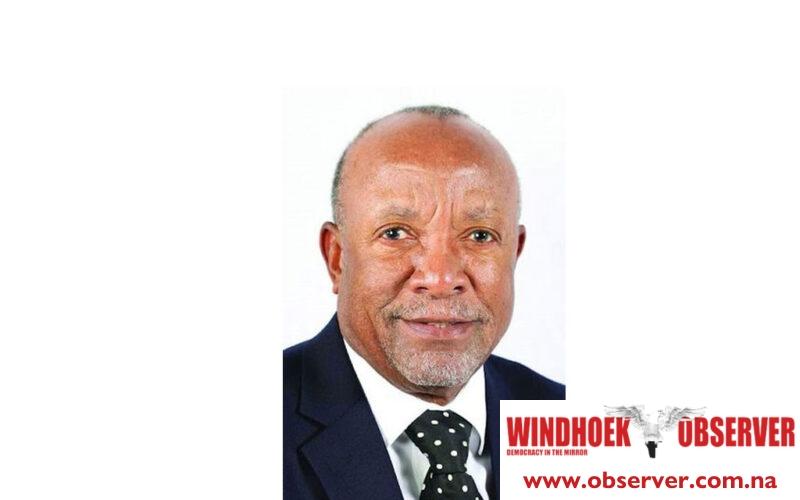Niël Terblanché
Namibia’s Drought Relief Programme has a shortfall of approximately N$482 million and will need help from outside the borders to bridge the funding gap.
President Nangolo Mbumba, in his address to the Southern African Development Community (SADC) extraordinary summit, which was convened virtually on Monday to discuss the El Niño-induced drought and floods affecting member states, appealed for assistance from member states, bilateral, and international stakeholders to bridge the gap.
According to the president, Namibia’s drought relief program will cost a total of about N$1.3 billion.
“So far, the government has allocated N$825 million, leaving a considerable deficit,” he said.
Mbumba said that Namibia is struggling with food insecurity and severe water scarcity, exacerbated by low dam levels, particularly in the country’s central region,” he said.
Reduced water levels in dams in both Zambia and Angola have also compromised Namibia’s reliance on hydroelectric power imports from Zambia.
Mbumba said that this situation has negatively impacted Namibia’s power supply arrangements.
He reiterated that the ongoing El Niño phenomenon has resulted in a reduction of 60 megawatts in Namibia’s energy imports from Zambia. He said imports decreased from 180 to 120 megawatts.
In response to these secondary challenges presented by situations such as the El Niño phenomenon, President Mbumba called on SADC member states to collectively diversify their energy sources at both national and regional levels through the Southern Africa Power Pool.
He stressed Namibia’s efforts to leverage alternative power generation sources through its Green Hydrogen programme, which will focus mainly on wind and solar energy projects.
Mbumba announced a recent memorandum of understanding signed by the Namibian Green Hydrogen Programme with the Western Cape Development Agency, the Northern Cape Economic Development, Trade, and Investment Promotion Agency, and Gasunie, the Netherlands’ leading hydrogen backbone developer.
He said these agreements pave the way for a feasibility study on constructing Africa’s first cross-country green hydrogen pipeline, connecting Namibia and South Africa.
“The success of this collaboration will inform the opportunity to complement energy inputs under the Southern African Power Pool,” he said.
He also expressed optimism that such initiatives would not only address Namibia’s immediate energy needs but also contribute to regional energy security and sustainability.
The Namibian government’s proactive approach to seeking regional and international support is clear evidence of the critical nature of the current drought and energy challenges.
Mbumba said that Namibia aims to mitigate the impacts of climate change by fostering collaborative efforts while advancing its commitment to renewable energy and sustainable development.




